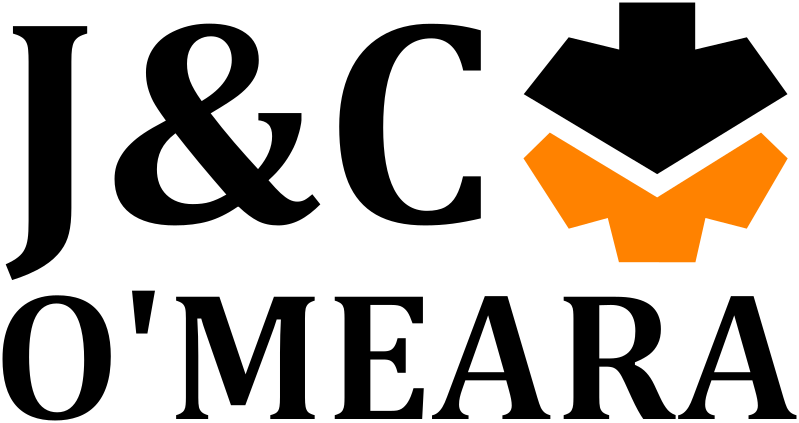Edge Sanders vs. Belt Sanders: Which is Better?
- John Shepperd
- May 14
- 2 min read

Choosing the right sanding equipment for your workshop depends on the type of work you do. While both edge sanders and belt sanders are designed to smooth surfaces, they serve very different purposes. Understanding their differences is key to choosing the right machine—or combination of machines—for your setup.
What Is an Edge Sander?
An edge sander is designed specifically for sanding the edges of wood panels. It features a long, narrow sanding belt mounted vertically or horizontally, allowing precise control over narrow surfaces. Most models also feature oscillating heads or adjustable tables to support curved workpieces.
Ideal for:
Cabinet doors and panels
Shelves
Solid timber edging
Internal and external radii
Machines like the Kundig Uniq or Kundig Flash are built for professional workshops, offering accurate edge finishing and high-spec options for lacquered or veneered materials.
What Is a Belt Sander?
The term "belt sander" often refers to wide belt sanders in commercial settings. These machines are designed for sanding large, flat surfaces such as tabletops, cabinet faces, and doors.
They feature wide sanding belts (typically 950–1350 mm), conveyor feed systems, and multiple sanding heads. Machines like the Kundig Premium offer consistent surface sanding at high speed, with options for calibration and fine finishing.
Ideal for:
Flattening panels
Preparing surfaces for painting or veneering
Removing material quickly and evenly
Key Differences
Feature | Edge Sander | Belt Sander (Wide Belt) |
Application | Edges, curved shapes, small pieces | Flat panels, wide boards |
Surface Area | Narrow contact area | Large sanding surface |
Feed System | Manual or semi-automatic | Fully automatic with conveyor |
Precision | High for detailed edge work | High for flatness and even finish |
Space Requirement | Smaller footprint | Larger machine, needs dust extraction |
Which One Should You Choose?
It depends on your workflow. If your business focuses on cabinetry, joinery, or furniture production, you’ll likely need both:
Use a wide belt sander for large panels
Use an edge sander for final edge finishing and detailing
For smaller workshops or those just getting started, an edge sander is often the more versatile machine. It can handle a variety of shapes and materials, and it's generally more affordable and compact.
If you’re primarily producing flat panels in high volumes, a belt sander will save considerable time and ensure surface consistency.
Final Thoughts
Edge sanders and belt sanders each have their strengths. One isn’t better than the other—they’re complementary tools. Most professional workshops benefit from having both to cover the full range of sanding tasks.
J&C O’Meara offers a wide selection of machines, including new and used edge sanders and wide belt sanders, to help you find the right combination for your needs. We’re here to help you get the right equipment—so every surface and edge leaves your workshop perfectly finished.
